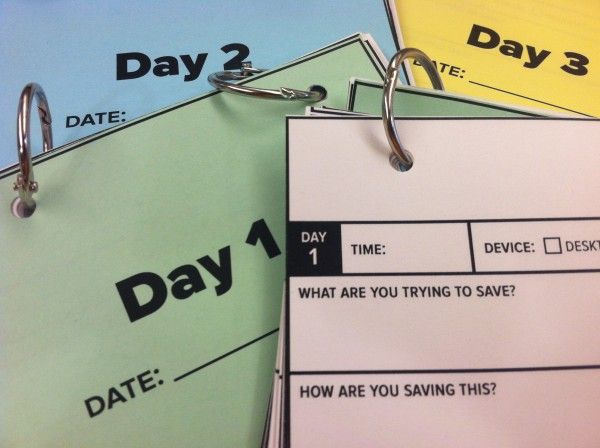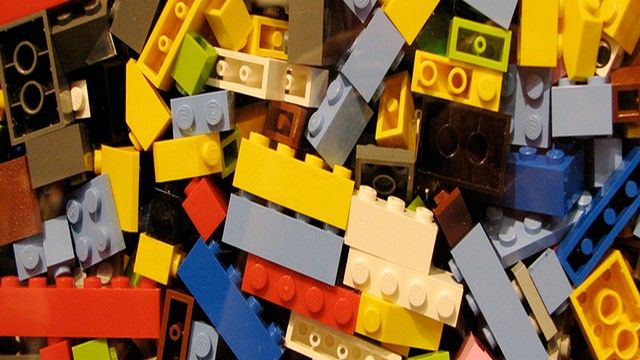We’re going to be looking at how to get the most out of an investment in ethnographic research this week. If you’re unsure of the benefits of this kind of research to the user experience – we took a look at those yesterday and you can find the article under the UX Daily tab on our website.
Be Truly Inclusive
One of the easiest ways to get the best data from an ethnographic study is to be truly inclusive. It’s important that your participants in your study are a true reflection of the complete range of users for your products. In more standard user research – you want to test a very specific group because you want to focus on their similarities. The reverse is true in ethnographic research; you want a wide and disparate group because you’re hoping to uncover unique ideas that are common to a wide audience.

The examination of a single member of a community can offer incredible insight into the whole of a community sometimes. People with no experience (or very limited experience) of a particular product or idea can make it clear what the barriers to entry for a product are. Those who use a product type a lot – can often show you some neat tricks that deliver the best results for them; including tricks that you’ve never even dreamed of.
You want to approach ethnographic studies with the intent to learn rather than to test assumptions. You need to find out what really goes on in a group of users rather than try and prove that you knew what was going on all along.
Think Long-Term
Yes, there are problems with diary studies. In that diary studies can be subjective thanks to users’ tendencies to report what they think will please the researcher. (This is one of the reasons that we still don’t understand the impacts of certain foods or exercise on human body weight. People tend to over-report the exercise they do and under-report the consumption of “bad” foods.)
This doesn’t mean, however, that a diary study on a less contentious issue can’t add significant value. A well designed diary study allows users to report on their experiences with something in the long-term. That’s very different from a lab study where you get a report on the “now” only.

It’s worth noting that a diary study doesn’t need to be an essay either. Think outside of the box and let users take photos, cut videos, sketch their feelings, etc. as well as write about them.
Any minor flaws in people’s reporting are still likely to be less damaging to your understanding of long-term use than an interview used after 1 year of use (for example). Our long-term memory has ways of playing tricks on us and we’re more likely to mould our experiences to the perceived agenda of the interviewer when relying on hindsight.
Image Source:
Mozilla UX (link to image)
Democracy and Sustainability platform (link to image)
Chai One (link to image)











